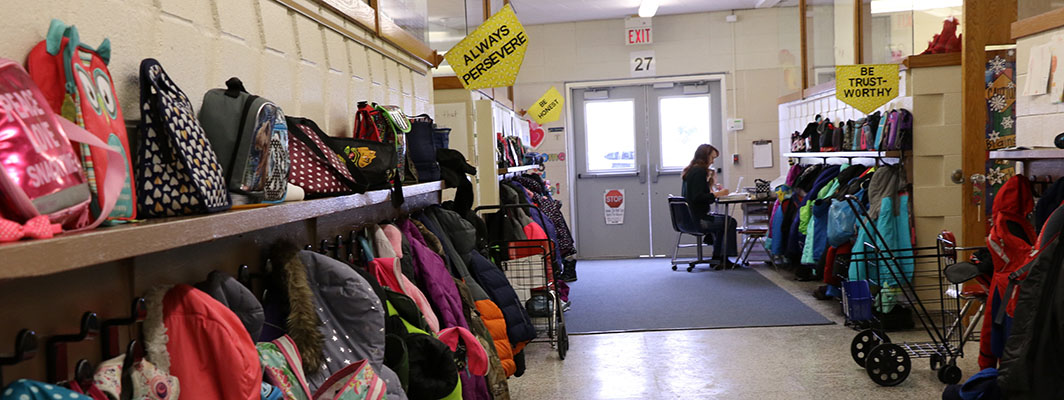“The problem in assuming that the disproportionality among low-income students is appropriate is that you’re ignoring potential school-wide and more systemic factors that be impacting the higher rates of identification among low-income students.”
“Educators and policymakers should question whether the disproportionality in separate classrooms is merely based on need. They should consider other factors: Is it because schools where there are more low-income students also have more segregated programs, and so we push kids into those programs?” Schifter says.
While the study doesn’t identify exactly why students in poverty are diagnosed with disabilities at higher rates, Schifter said that it’s worth noting that behavior problems or being behind in terms of certain skills, like word recognition, might be misdiagnosed as a disability when, if given the proper supports, when they in fact just need some extra instruction or support in their current classroom.
A Delicate Balance: Support and Access
One of the central paradoxes of special education is the fine line between denying students the special education services they need and denying them the educational experiences available in a general-abilities classroom.
But earlier intervention can help school officials navigate this line.
-
- Break out special education data by income. The federal special education law, called the Individuals with Disabilities Education Act (IDEA), requires only that states break down special education data by race and ethnicity. The racial breakdown is an important, but the federal government and states should also ask schools and districts to look at the data by family income, so that researchers and policymakers can learn more about the experiences of low-income students in special education.
- Build capacity for earlier intervention. To meet the needs of low-income students in general education classrooms, schools and policymakers should seek to support teachers’ capacity to address different learning needs. The report’s authors identify multi-tiered systems of support, in which all students receive the same core instruction, but some students receive supplemental instructions depending on their needs — to ensure students’ needs are addressed in the appropriate way, and that special education is reserved and structured for those who need it, rather than a catch-all. Wraparound services, including counseling and mental health support, can also help ensure that the effects of poverty don’t result in children being diagnosed with disabilities they don’t actually have.
- Help families stay involved. Every child has a right to learn in the “least restrictive environment,” according to IDEA. Make sure that low-income families know their children’s rights and feel empowered to advocate for them. Ask policymakers to continue to support the Community Parent Resource Centers funded by the federal government.
This article originally appeared on Usable Knowledge from the Harvard Graduate School of Education. Read the original version here.

